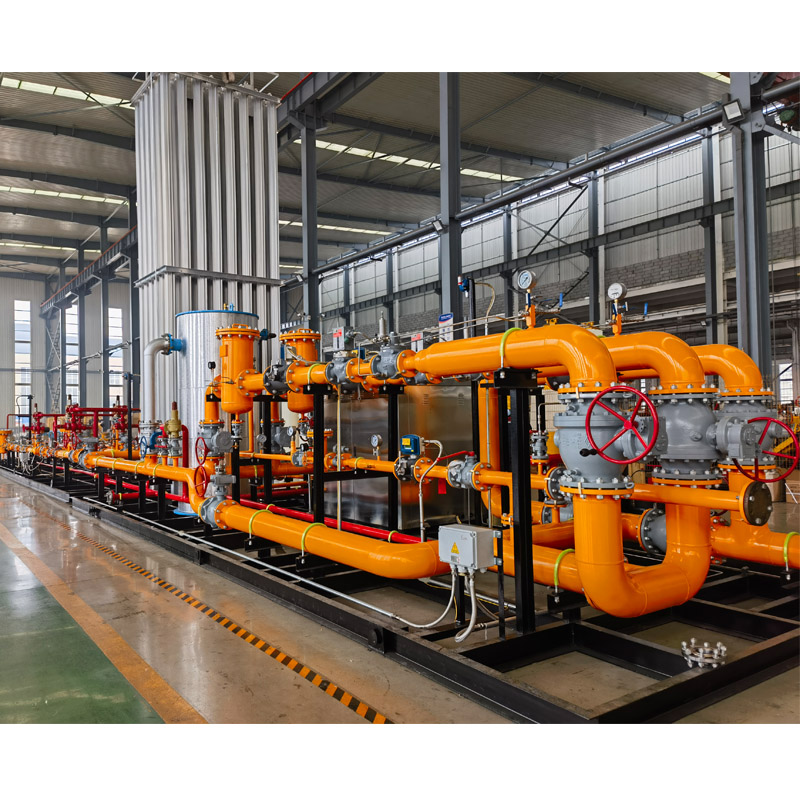
Jul . 20, 2024 11:06
Back to list
Understanding the Importance and Functionality of Relief Valves in Industrial Applications
Understanding Relief Valves Importance and Functionality
Relief valves are crucial components in various industrial applications, designed to prevent overpressure conditions in systems containing fluids, whether they are gases or liquids. By allowing excess pressure to escape, these valves help maintain safety, protect equipment, and ensure operational efficiency across a wide range of industries, including oil and gas, chemicals, pharmaceuticals, and water treatment.
What is a Relief Valve?
A relief valve is a type of safety valve that automatically releases a substance from a boiler, pressure vessel, or other system when the pressure or temperature exceeds preset levels. These valves act as a fail-safe mechanism, ensuring that pressure does not exceed the system’s designed threshold, which could otherwise lead to catastrophic failures, equipment damage, or even severe accidents involving personnel.
Working Principle
The working principle of a relief valve is relatively straightforward. It typically features a spring-loaded mechanism that holds the valve closed under normal operating conditions. When the pressure in the system exceeds the designated limit, the force exerted by the fluid overcomes the spring tension, allowing the valve to open. This action releases the excess fluid, effectively lowering the pressure within the system back to a safe operating level. Once the pressure drops, the spring mechanism pushes the valve back to its closed position, ready to operate again as needed.
Types of Relief Valves
There are several types of relief valves, each suited to different applications and environments
relief valve

1. Pressure Relief Valves (PRVs) Specifically designed for high-pressure systems, these valves open to relieve pressure when it exceeds a predetermined level. 2. Safety Relief Valves Commonly used in boilers and pressure vessels, safety relief valves operate automatically and are critical in preventing dangerous overpressure scenarios.
3. Pressure Regulating Valves While similar to relief valves, these devices serve to maintain a preset pressure rather than simply relieving excess pressure.
4. Pop-off Valves Known for their quick response, pop-off valves open instantly at a specified pressure to prevent damage from sudden pressure surges.
Applications and Importance
The applications of relief valves span diverse industries. In the oil and gas sector, for example, they protect pipelines and storage tanks from excessive pressure increases, which might occur due to thermal expansion or equipment failure. In the chemical industry, relief valves ensure reactors do not exceed safe pressure limits, preventing explosions or leaks of hazardous materials. In water treatment facilities, they safeguard against pipe bursts that could lead to significant infrastructure damage.
The importance of relief valves cannot be overstated, as they play a key role in maintaining safety and operational integrity. Regular maintenance and testing of these valves are crucial, as a malfunctioning relief valve can lead to severe incidents, including fires, explosions, and environmental disasters. Therefore, industries rely heavily on stringent standards and compliance regulations regarding the installation and maintenance of relief valves.
Conclusion
In summary, relief valves are indispensable devices that ensure the safe operation of various systems by controlling and limiting pressure. Their functionality not only protects equipment but also plays a vital role in safeguarding human lives and the environment. As industries continue to evolve and expand, the importance of reliable and efficient relief valves will only grow, emphasizing the need for innovation and adherence to safety standards in pressure management solutions. Understanding and implementing proper relief valve solutions can lead to enhanced safety, reliability, and efficiency in all operational processes.
Latest news
-
Safety Valve Spring-Loaded Design Overpressure ProtectionNewsJul.25,2025
-
Precision Voltage Regulator AC5 Accuracy Grade PerformanceNewsJul.25,2025
-
Natural Gas Pressure Regulating Skid Industrial Pipeline ApplicationsNewsJul.25,2025
-
Natural Gas Filter Stainless Steel Mesh Element DesignNewsJul.25,2025
-
Gas Pressure Regulator Valve Direct-Acting Spring-Loaded DesignNewsJul.25,2025
-
Decompression Equipment Multi-Stage Heat Exchange System DesignNewsJul.25,2025

